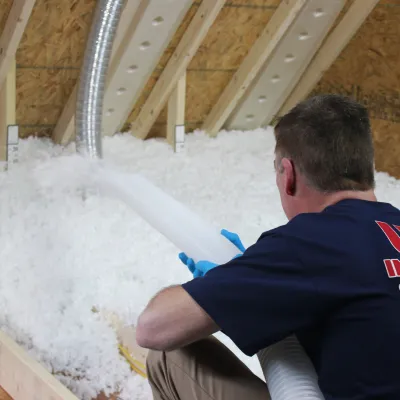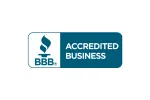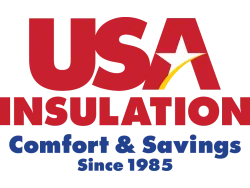
Insulation Comparison
Compare Insulation Types for Homes
All insulation is not created equal. USA Premium Foam® Insulation not only has a higher R-Value but also provides a range of benefits that most other common forms of insulation don't. See how our products stand out from the rest.

Insulation Comparison
Higher R-Value
Squeezes Into Cracks & Crevices
Won't Get Caught on Wiring or Pipes
Resists Mold, Fungus & Bacteria
Reduces Air Infiltration
Doesn't Emit Hazardous Particles
Smoke & Fire Retardant
Highly Effective Sound Barrier
Won't Settle Over Time
Fiberglass Insulation
Higher R-Value
3.2 - 3.6
Squeezes Into Cracks & Crevices
No
Won't Get Caught on Wiring or Pipes
No
Resists Mold, Fungus & Bacteria
No
Reduces Air Infiltration
No
Doesn't Emit Hazardous Particles
No
Smoke & Fire Retardant
No
Highly Effective Sound Barrier
No
Won't Settle Over Time
No
Cellulose Insulation
Higher R-Value
3.2 - 3.6
Squeezes Into Cracks & Crevices
No
Won't Get Caught on Wiring or Pipes
No
Resists Mold, Fungus & Bacteria
No
Reduces Air Infiltration
No
Doesn't Emit Hazardous Particles
No
Smoke & Fire Retardant
No
Highly Effective Sound Barrier
No
Won't Settle Over Time
No
USA Premium Foam Insulation
Higher R-Value
5.1
Squeezes Into Cracks & Crevices
Yes
Won't Get Caught on Wiring or Pipes
Yes
Resists Mold, Fungus & Bacteria
Yes
Reduces Air Infiltration
Yes
Doesn't Emit Hazardous Particles
Yes
Smoke & Fire Retardant
Yes
Highly Effective Sound Barrier
Yes
Won't Settle Over Time
Yes
*This is a representation only and may not be exact.





